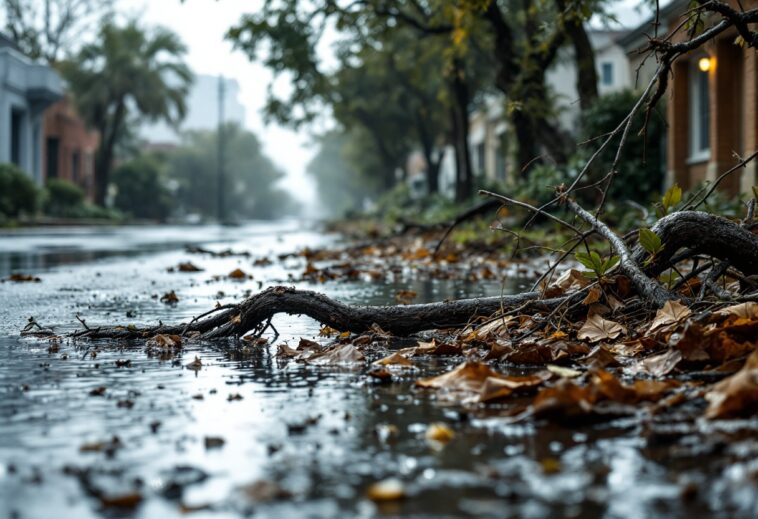Table of Contents
Understanding the Impact of Hurricane Helene
In late September, Hurricane Helene wreaked havoc across several southeastern states, leaving a trail of destruction in Virginia, North Carolina, Tennessee, South Carolina, Georgia, and Florida. The storm claimed over 200 lives and displaced countless residents.
As communities grapple with the aftermath, the role of government officials in recovery efforts has come under scrutiny. Vice President JD Vance’s recent visit to Damascus, Virginia, underscores the administration’s commitment to supporting affected areas and restoring normalcy.
Vance’s Promises and Actions
During his visit to Damascus, Vance emphasized his dedication to fulfilling promises made to constituents. This trip marks his second visit to the town since the hurricane, demonstrating a hands-on approach to leadership. A spokesperson for the Vice President stated, “He pledged to be back, and now he’s fulfilling his promise.” Such commitments resonate with voters, particularly among younger generations who value accountability and transparency in leadership.
Community Concerns and Government Response
Despite the administration’s efforts, many locals have voiced frustrations regarding the Federal Emergency Management Agency’s (FEMA) response to the disaster. Reports of excessive red tape and delays in assistance have left residents feeling abandoned.
In response, President Trump announced plans to reform FEMA, stating, “I think, frankly, FEMA is not good.” This sentiment reflects a growing demand for more efficient disaster management systems that prioritize the needs of affected communities.
The Role of Leadership in Crisis Recovery
As the recovery process unfolds, the importance of effective leadership becomes increasingly clear. Vance’s proactive approach, coupled with Trump’s commitment to expedite recovery efforts, highlights a shift towards more engaged governance. For younger generations, witnessing leaders take decisive action during crises can foster a sense of trust and hope for the future.
The ongoing dialogue surrounding disaster recovery emphasizes the need for innovative solutions and community involvement in rebuilding efforts.




